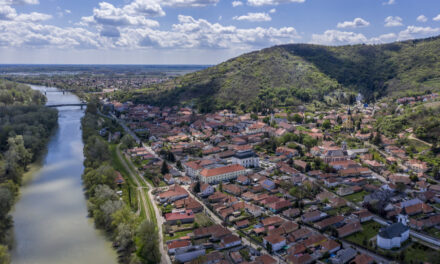The plan of the Visegrad countries is to continue and speed up their development projects, said Péter Szijjártó, Minister of Foreign Affairs and Trade, on Friday in Ljubljana, after the summit of the heads of government of the Visegrad Group and Slovenia.
The high-speed railway connection between the Visegrad countries is a key investment, as there are not enough high-speed railways in the whole of Central Europe, the head of the ministry pointed out. He emphasized: this is why the four Visegrád countries decided to build the high-speed railway connecting Budapest with Warsaw, which will also pass through Bratislava and Prague. The Hungarian feasibility study was completed, the first of the four countries. That's why the traffic working group of the V4s was convened for September, he added.
The Hungarian feasibility study envisages a 170-kilometer track in Hungary, and the return indicators are quite outstanding. The Hungarian line starts from Kelenföld to Törökbálint, following the current railway developments. After that, in order to protect the environment, the Blood Corps would avoid the south and reach Győr , from where it would go almost as close to the highway as it goes all the way to the Hungarian-Austrian-Slovakian triple border. All the more so because there would be an opportunity to connect to the Western European high-speed rail system.
On the Hungarian section, according to the topography, the speed between 230 and 320 kilometers per hour seems realistic and sustainable. This would mean that Bratislava could be reached in one and a half hours, Prague in three and a half hours, and Warsaw in five and a half hours, said the minister, adding that due to the connection to the western railway system, the downtowns of Frankfurt, Berlin and Milan will be practically reachable within half a day. from downtown. This project would also be significant from an environmental protection point of view, as it could prevent approximately 400,000 tons of carbon dioxide emissions in the Central European region on an annual basis. In addition, according to calculations, the entire regional high-speed railway could transport around twenty million passengers annually. The European Union has a goal of tripling the length of high-speed railways by 2050.
"Therefore, our task now is to attract EU funds to finance planning and preparation in the budget cycle for the period 2021-2027," he underlined. The project is a ten-year process. At the same time, it is important to point out that the Hungarian sections could also be used by domestic intercity traffic, so Győr, Sopron, Szombathely, but also Lake Balaton could be reached first, said Péter Szijjártó in conclusion.












